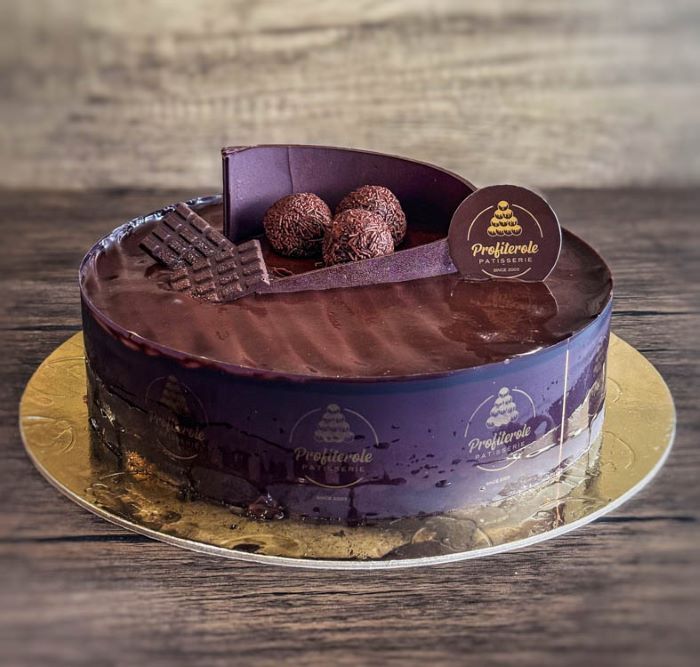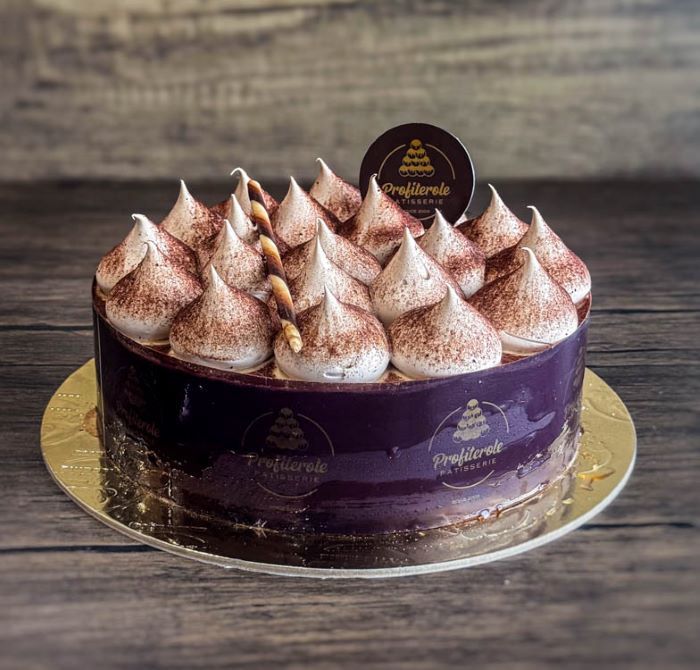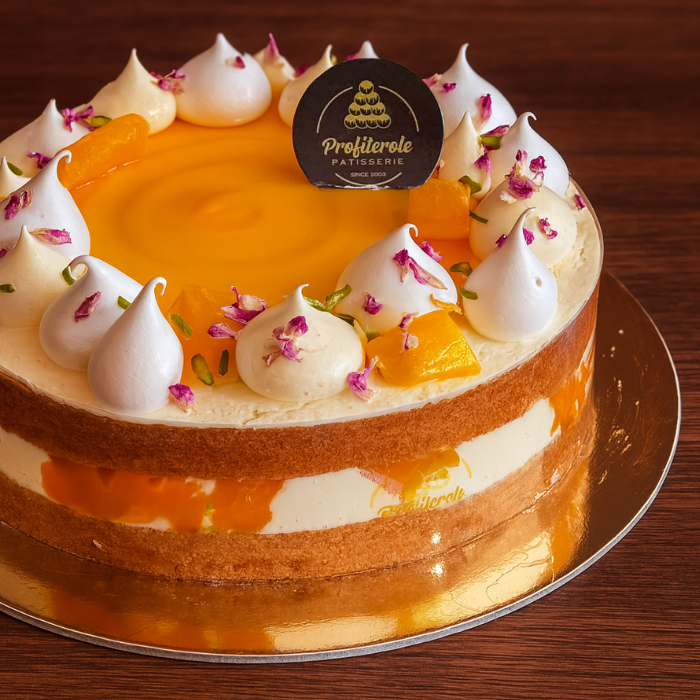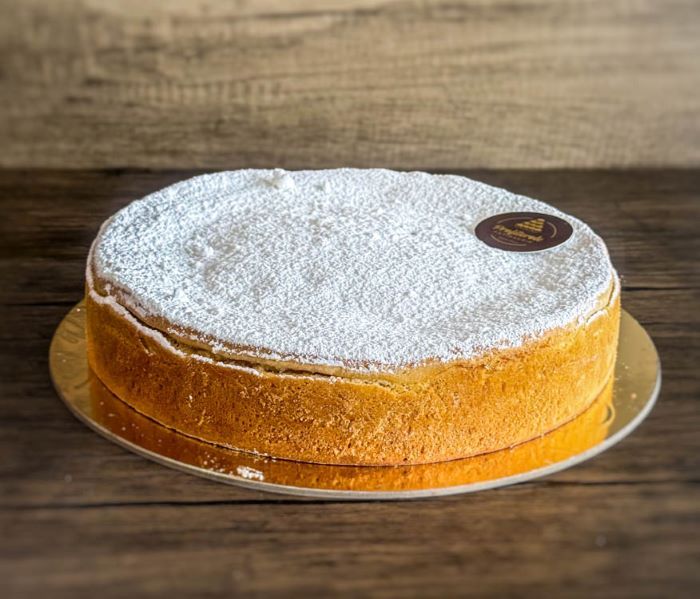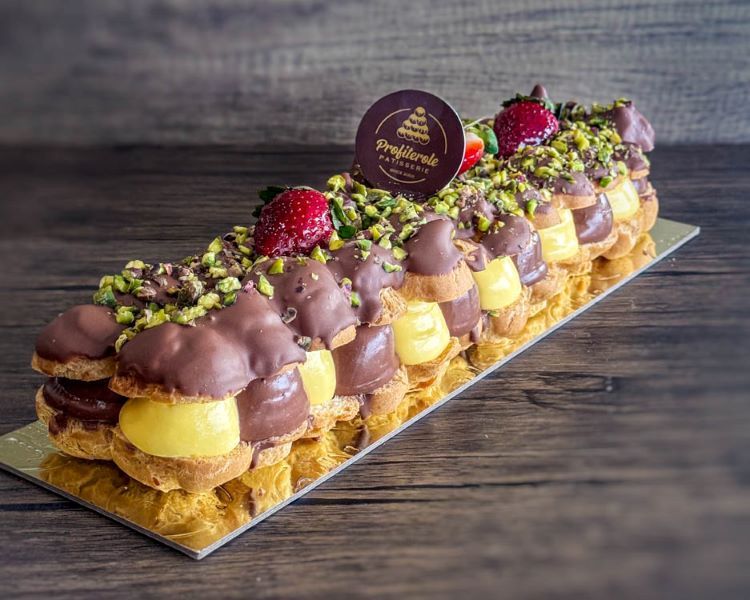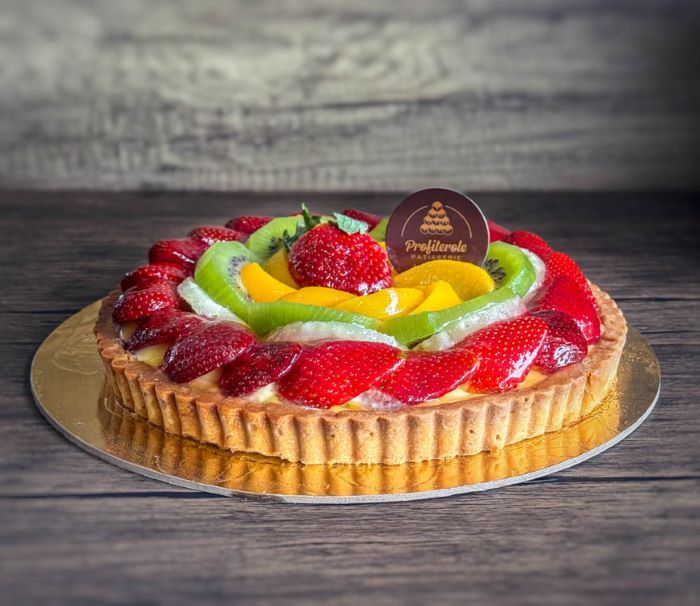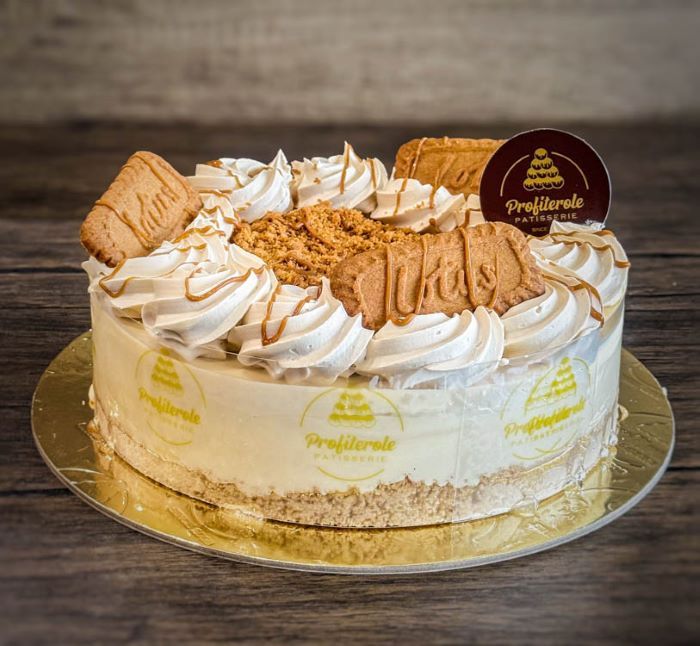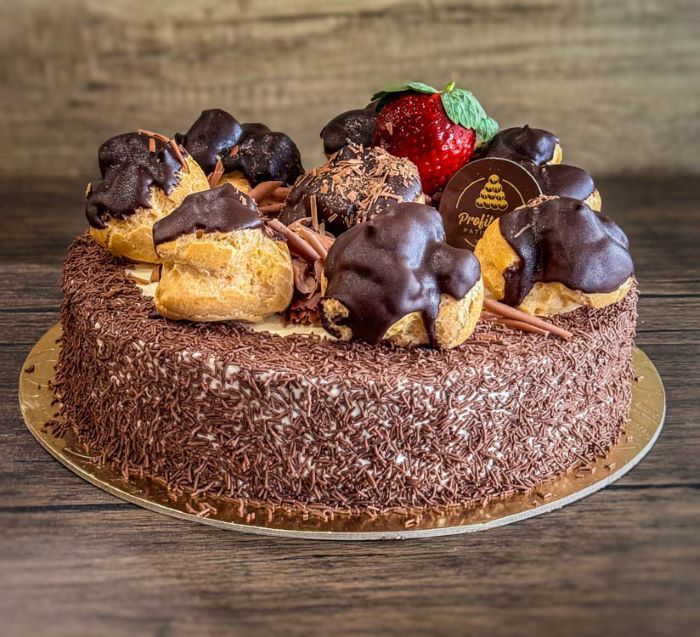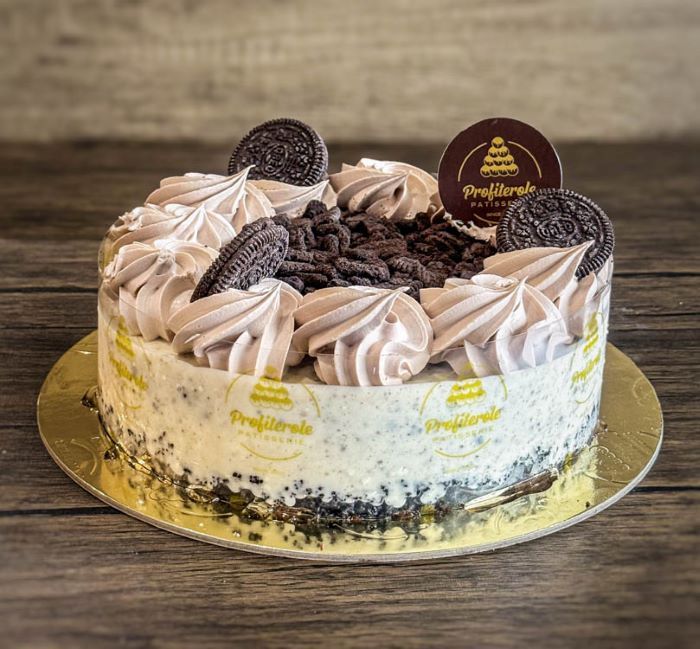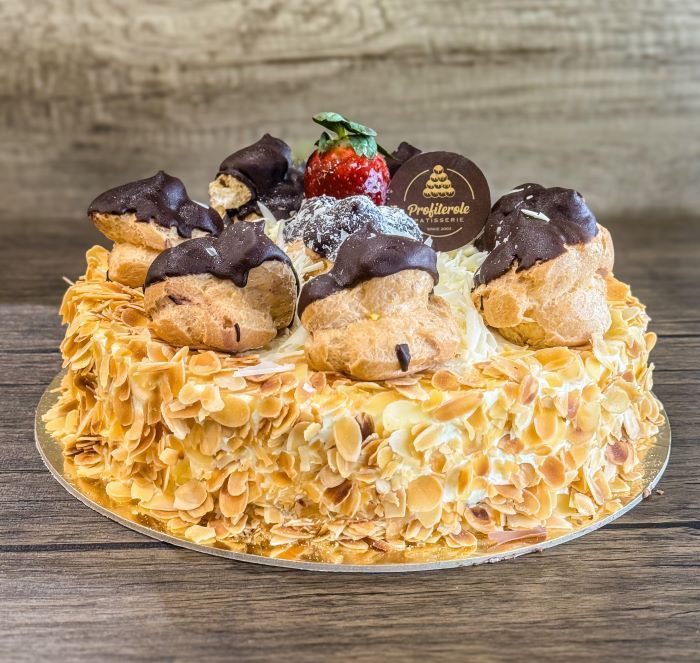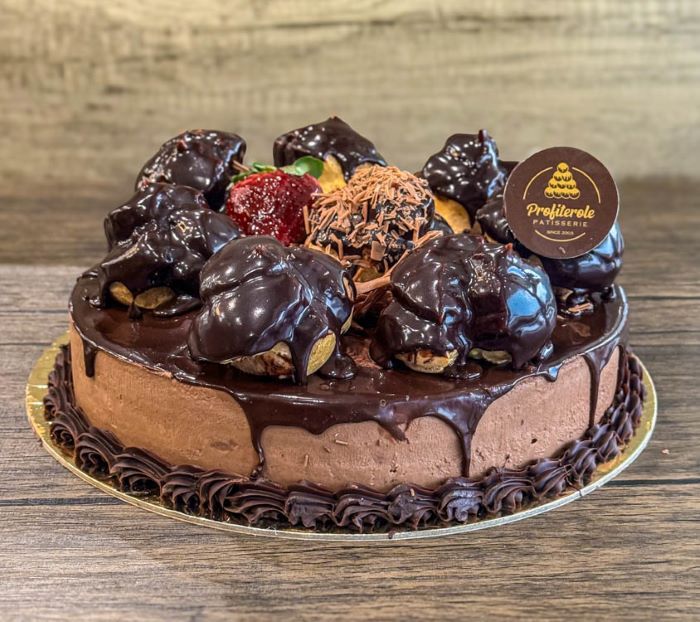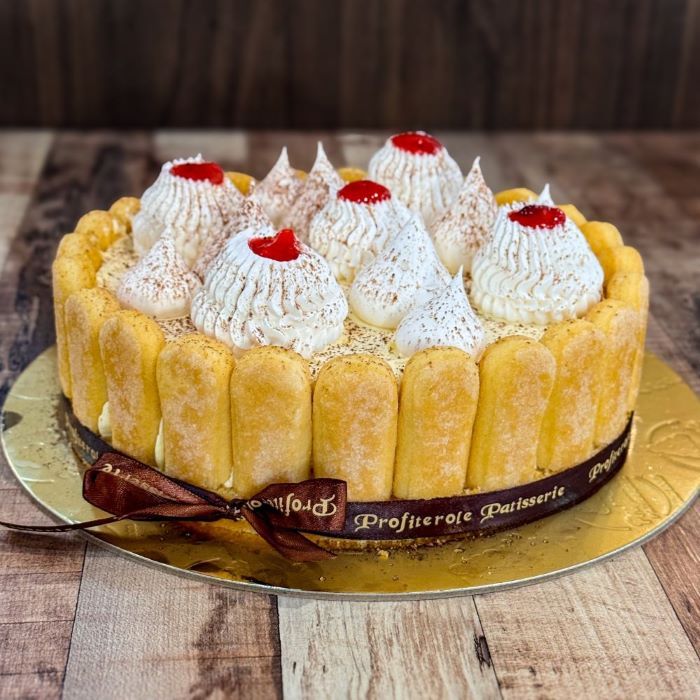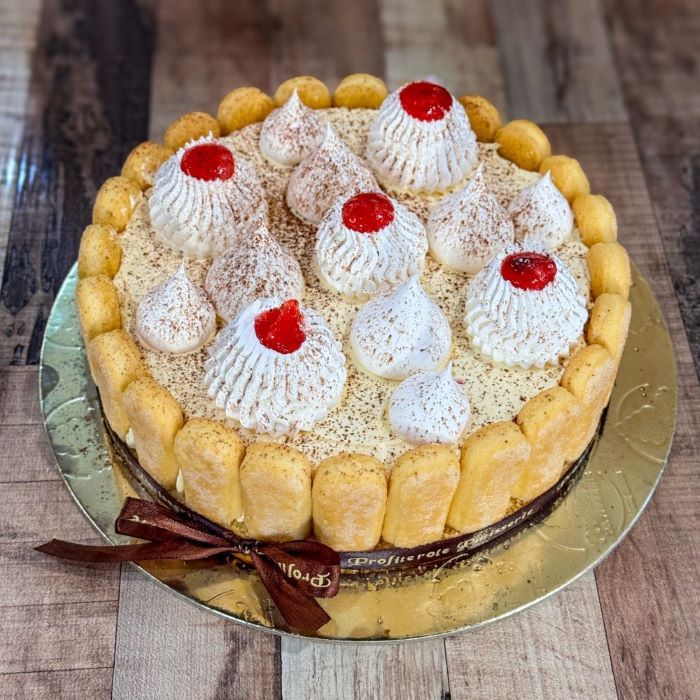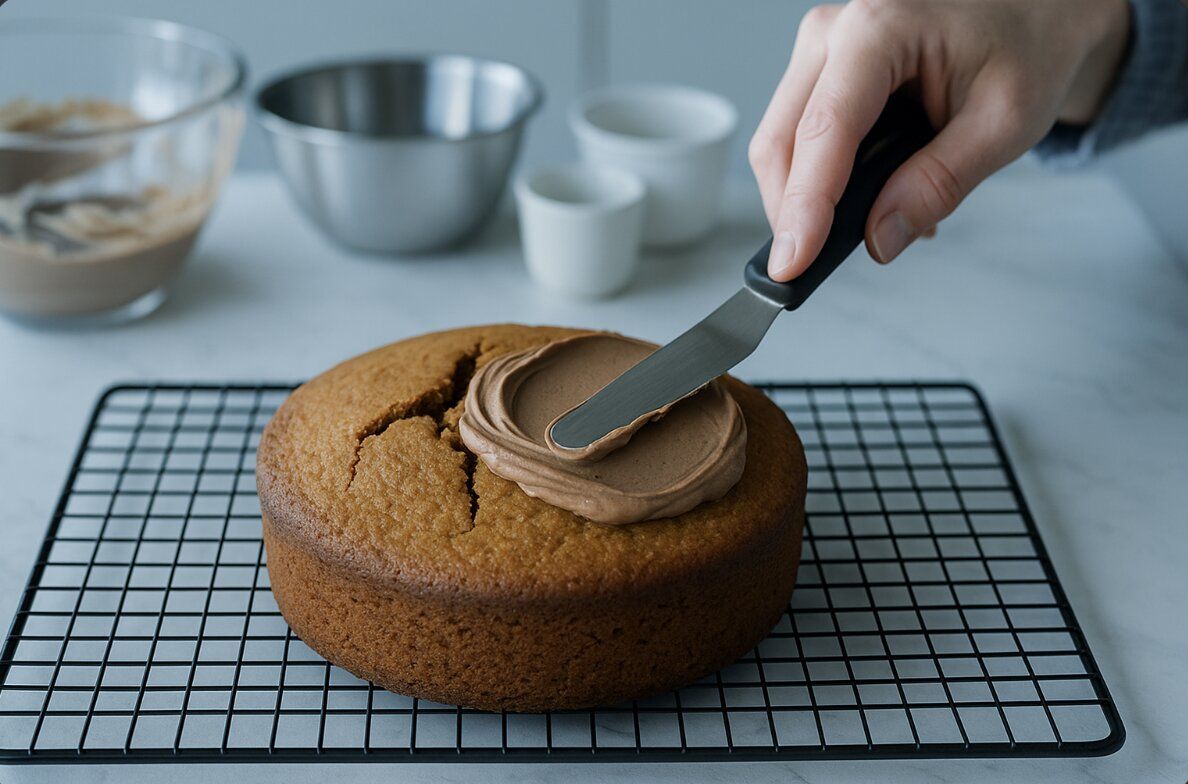
Why Cakes Crack (And How to Stop It)
Cracked cakes are one of the most common frustrations for new bakers.
The good news? Cracks aren’t a sign of failure. Instead, they’re usually the result of a few avoidable mistakes.
In this guide, we’ll explain why cakes crack, the science behind it, and practical tips for preventing cracks so your cakes bake evenly and look bakery-perfect every time.
Understanding Why Cakes Crack
Cracks on top of cakes happen when the batter expands too quickly or unevenly during baking. It could also be caused by improper ingredient ratios and preparation methods. Let's further explore some of the reasons behind cakes cracking.
Oven Temperature Too High
High oven temperatures cause the cake’s surface to cook prematurely, forming a crust that splits as the inside expands rapidly. Thus, it is important to preheat properly and use an oven thermometer to ensure accurate heat.
Incorrect Pan Size
Using a pan that’s too small means the batter rises higher than it should, causing stress on the surface. The result? Unsightly cracks, which could have been avoided by following the recipe’s pan recommendation.
Overbeating the Batter
Incorporating too much air creates structural weakness in cakes. While air helps them rise, too much of it will cause them to collapse or crack. Therefore, it is important to aim for a smooth, well-mixed batter, not foamy.
Baking Position in the Oven
Cakes placed too close to the top heating element often brown or crack before the inside has cooked. Moreover, placing the cake off-centre in the oven may lead to hotter edges, causing the cake's perimeter to set before the centre. This also leads to cracking.
Thus, it is important to centre your cake horizontally and vertically inside the oven for even heat distribution.
How to Prevent Cakes from Cracking
Preventing cracks is all about temperature, technique, and timing. By making small adjustments, you can bake cakes that are level, moist, and crack-free. Here's how to do that.
Always Measure Ingredients Accurately
Too much flour or too little liquid can dry out a cake, and even small deviations in ingredient ratios can lead to cracks. Always measure ingredients accurately to ensure consistency.
Use the Right Baking Tin
The right baking tool greatly affects the batter's behaviour while under heat. Non-stick pans with straight sides and correct depth help cakes rise evenly. It is also worth noting that verfilled pans are one of the most common culprits for cracked tops. Thus, be sure to use the right pan depth for the cake you're baking.
Don’t Overfill Your Oven
Crowded ovens restrict airflow, leading to uneven baking. Stick to one or two cakes at a time, spaced apart for proper circulation.
Try Baking Strips or Water Baths
For delicate cakes like cheesecakes or sponges, baking strips or a water bath regulate temperature and prevent the outer edges from cooking too fast. Additionally, wrapping pans with damp strips or foil helps the cake heat more slowly and evenly, reducing the possibility of cracks
Test with the Toothpick Method
Checking for doneness at the right time prevents overbaking, which dries cakes and makes cracks more likely. Luckily, the toothpick method is an easy trick used even by seasoned bakers.
Simply insert a toothpick into the top-centre of the cake. If it comes out clean (free from crumbs), it's ready.
Fixing Cracks After Baking
Even when cracks happen, they don’t have to ruin your cake. With clever decorating or trimming, you can turn baking mishaps into something stunning.
Level the Cake
If a cake domes and cracks, use a serrated knife to level the top. This creates a flat surface for frosting or stacking layers.
Frosting as a Saviour
A cracked cake can still look flawless with the right topping. Generous frosting, ganache, or fruit toppings cleverly conceal cracks while adding flavour and flair.
Turn It into Something New
Creativity can transform “mistakes” into entirely new desserts, and it's up to you to turn those missteps into something unique. For instance, you can use cracked cakes for trifles, cake pops, or layered desserts.
Cracks Don’t Define Your Cake
At the end of the day, cracks are just part of the baking journey. Every baker experiences them, and they’re often a sign that you’re experimenting, learning, and improving. By paying attention to temperature, mixing, and pan choice, you’ll not only avoid cracks but also gain a deeper understanding of how cakes work.
And remember, flavour always comes first, and even cracked cakes can taste extraordinary.
At Profiterole Patisserie, we bake every cake with precision, from ingredient weighing to temperature control, to ensure delicious consistency. And in times when you need a sweet treat, you don't have to spend hours baking. Instead, you can rely on us to deliver delightful cakes every time.
Explore our range of beautifully finished cakes here.
Written by Jason Yacoub from Profiterole Patisserie
Date written: 27/08/2025
FAQs
Why do cakes crack on top?
Cracks are usually caused by too-hot ovens, over-leavened batters, or pan issues.
Think of it as pressure building underneath a surface that’s already set.
Just like steam heating the skin of a pot roast, bubbles pop!
How can I bake cake layers evenly?
There are several ways you can bake cake layers evenly, such as:
- Pre-heating the oven to proper temperature
- Using an oven thermometer
- Placing the cake on the middle rack
- Utilizing foil wraps or baking strips for even heat
- Using water bath to maintain moisture
Can a cracked cake still be served?
Absolutely! Cracked cakes can taste just as great as regular cakes.
Simply trim the top using a serrated knife and cover with frosting and decorate with toppings as you would a regular cake.
By using your creativity in fixing a cracked cake, it still has the potential to be delicious.
What recipe tweaks help avoid cracks?
When cakes crack, it could be a result of improper heat, technique, ingredients, etc.
But in case it's due to its ingredients, try out these tweaks to minimise the possibility of your cakes cracking:
- Cut back on baking powder slightly
- Weigh ingredients precisely
- Increase the water content slightly
- Fold the batter gently to avoid large air bubbles
Why do professionals rarely have cracked cakes?
Baking is a skill that's mastered through repetition. And professionals have mastered baking through this.
As such, they have proper wisdom when it comes to techniques, preparation, ingredients, and the overall science involved in baking.


